Google recently unveiled its mobile-first index — here’s how it’s going to impact your practice or hospital’s SEO strategy.
Google is constantly updating its algorithm in order to better serve the needs and preferences of its users. Over the past few years, the search engine giant has increasingly focused its attention on mobile optimization — and when you look at the numbers, this isn’t exactly surprising.
Today, smartphones and tablets account for 65% of total digital media consumption in the U.S., while desktop’s share has fallen 12% since 2013. And according to a recent study conducted by the online intelligence firm Hitwise, mobile searches make up approximately 58% of Google’s overall search query volume.
In response to the growing preference for mobile browsing, Google rolled out a new “mobile-first” indexing update back in November that could be a game-changer in terms of SEO best practices — here’s what medical marketers need to know in order to keep their sites from being penalized.
What is the Mobile-First Index?
In simple terms, Google’s crawlers scan web pages and store information in a massive catalogue, known as an “index,” which it uses to determine its search results rankings. According to Search Engine Watch, Google has historically prioritized analysis of websites’ desktop versions in determining search rankings; mobile pages were taken into account, but weren’t as heavily weighted. The mobile-first update will effectively flip this model on its head, with mobile web pages becoming the primary focus, and desktop pages secondary.
Importantly, the update won’t just impact practices and hospitals that target younger, mobile-savvy patient demographics — Google isn’t going to discriminate based on the primary type of traffic your site tends to receive. In other words, even if the bulk of your site’s visitors are using desktop computers, if you don’t have a mobile-optimized version of your site, both URLs will take a hit in the search rankings. Period.
This rollout is just the latest entry in a long list of mobile-centric Google updates and initiatives — from the “mobile-friendly” updates in 2015 and 2016 (also known as “Mobilegeddon”) to its Accelerated Mobile Pages (AMPs), what’s clear is that the future of SEO is going to be decidedly mobile.
Here’s What You Can Do to Prepare
Google has stated that responsive or dynamic serving sites shouldn’t be affected by the update; however, if you have separate mobile and desktop versions of your site and the primary content and markup isn’t consistent across the platforms, you should definitely consider making some changes.
At the end of the day, you probably won’t be majorly impacted if you’re already adhering to SEO best practices. Here are a few simple measures you can take to make sure you don’t get dinged, courtesy of Amanda DiSilvestro writing for SEW:
- Use responsive design (if possible): if your site already meets Google’s responsive design standards, you’re probably in the clear.
- Check your site with Google’s Mobile-Friendly Tester.
- Optimize your mobile site configuration: make sure that the content and markup on your mobile and desktop sites are consistent.
- Don’t block the Google Bots: use the robots.txt Tester to make sure Google’s bots can access your mobile site in order to index it.
- Run structured data tests: you should test both your mobile and desktop URLs and compare the results. When making adjustments, try to avoid adding markup that isn’t relevant to mobile web pages.
- Verify your mobile site in Search Console
While the mobile-first index probably isn’t going to be a doomsday scenario for most medical organizations, it does represent the ever-increasing importance of mobile optimization when it comes to digital marketing. Keep in mind that almost all of Google’s decisions reflect consumer trends and preferences, meaning it’s not actually the search engine gods that you’re trying to please here — rather, it’s your patients.

















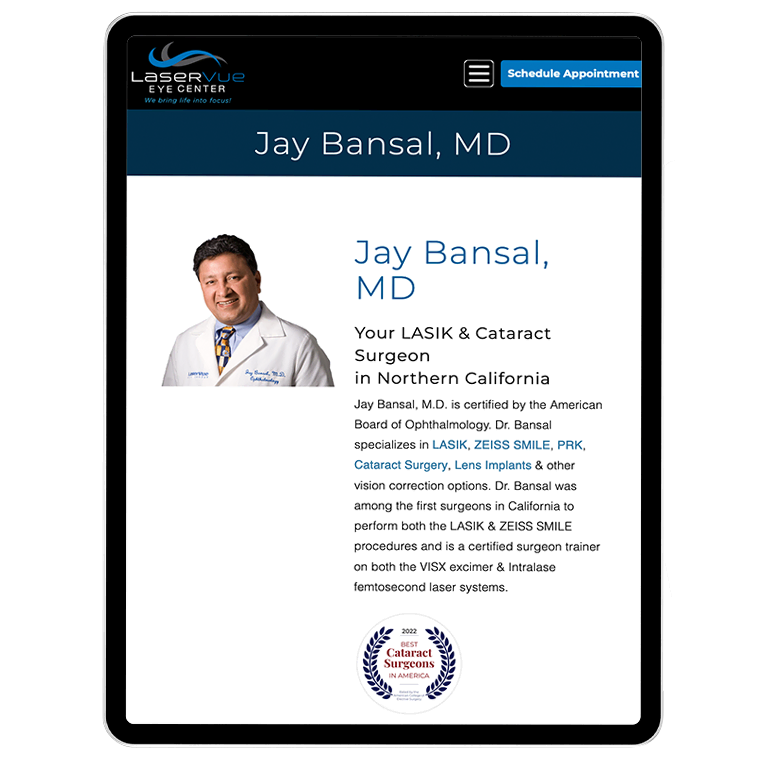





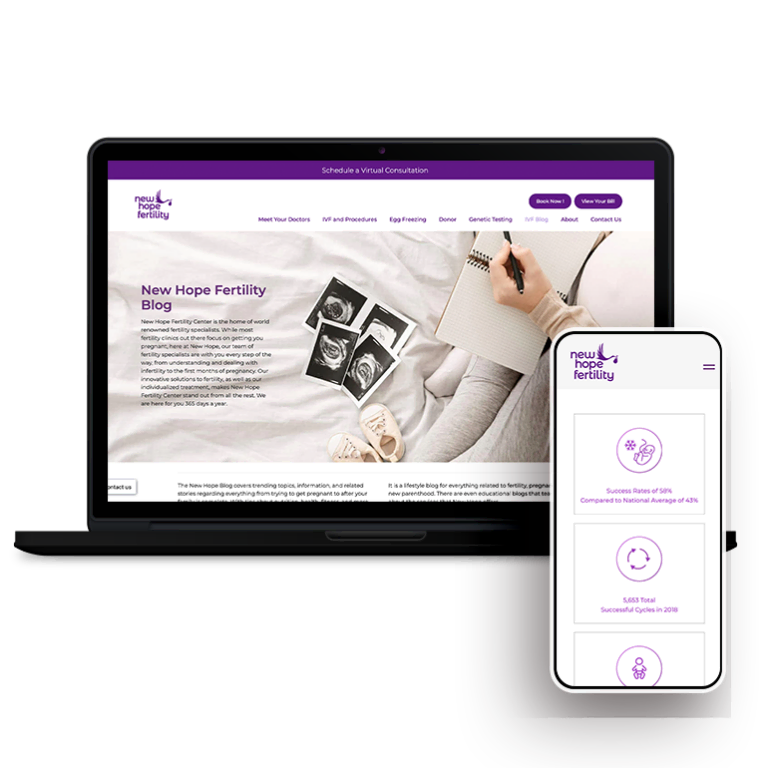
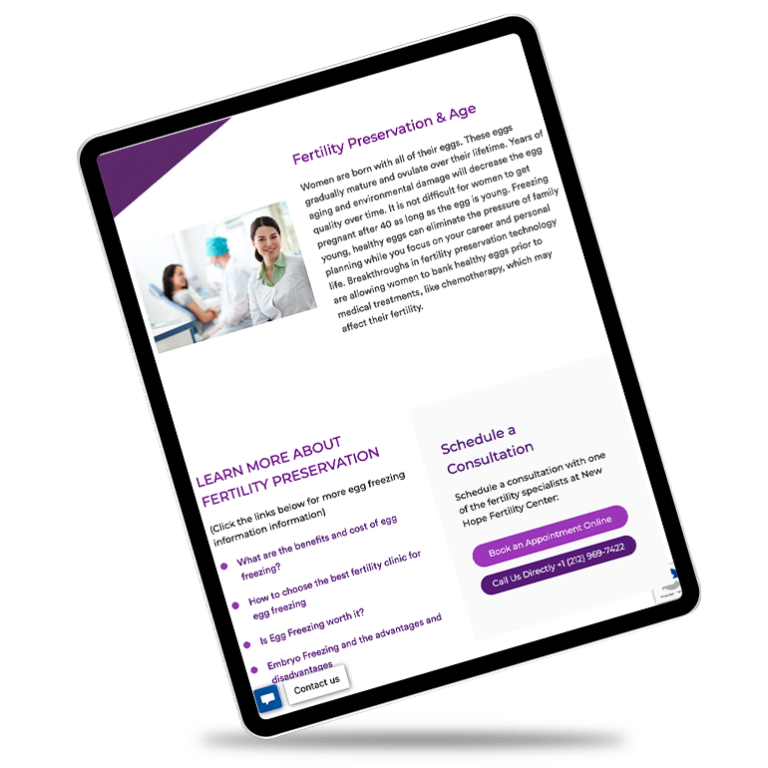

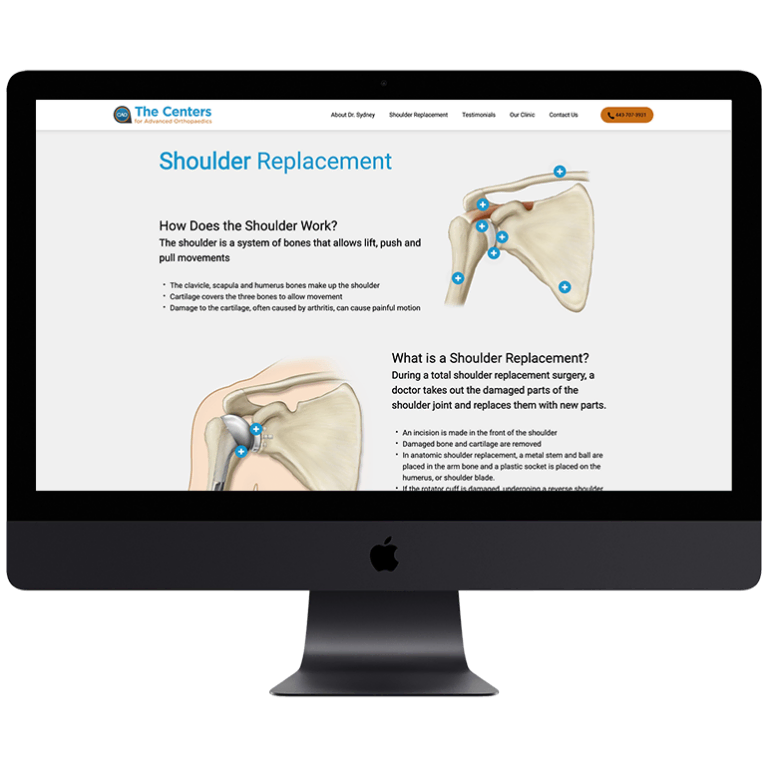







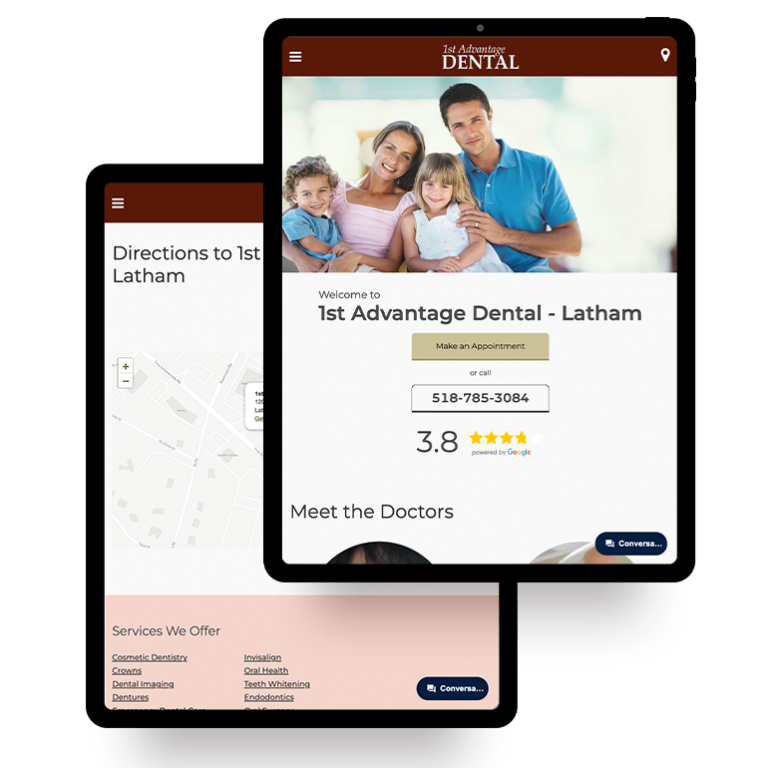


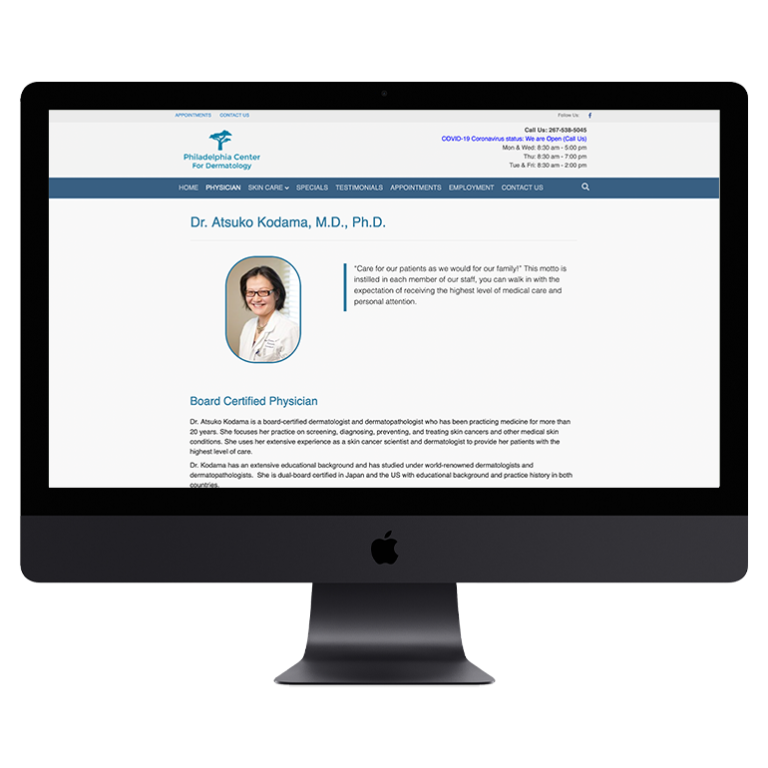






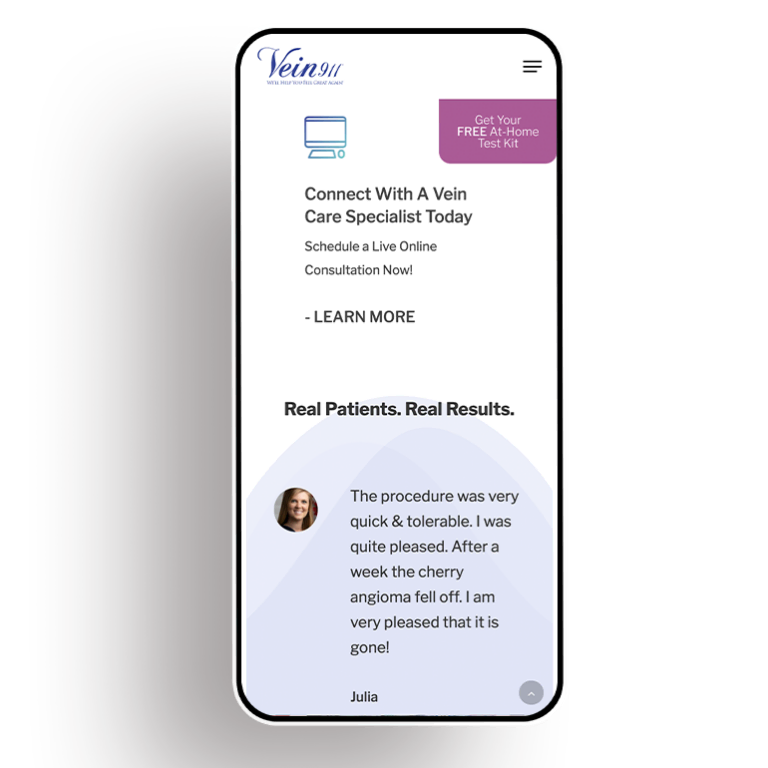






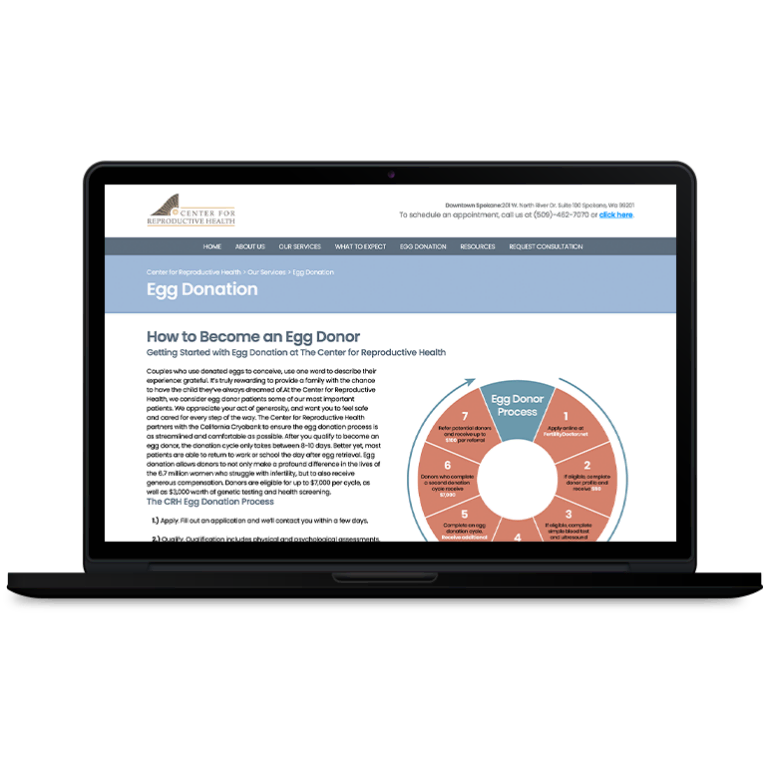

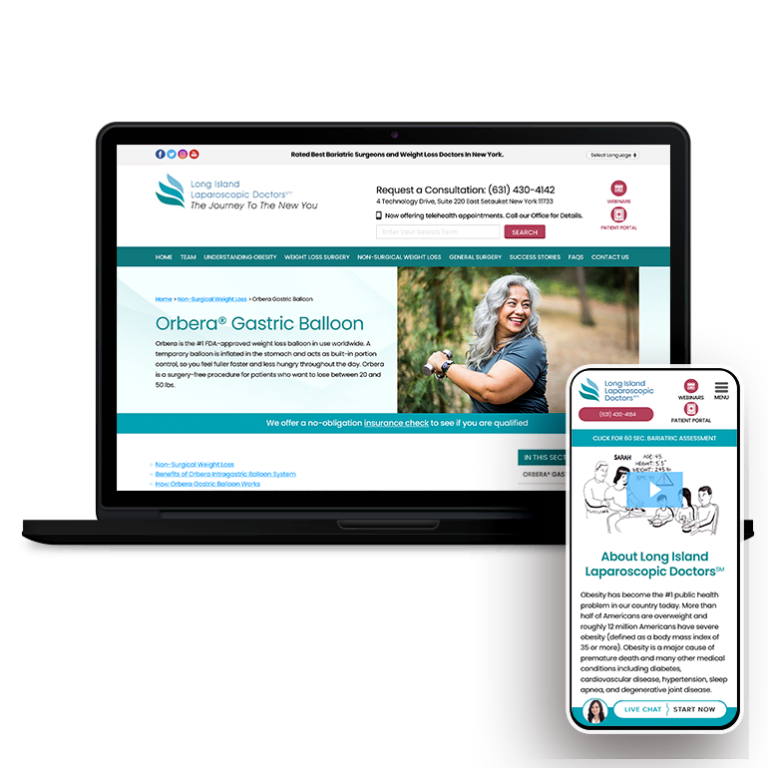

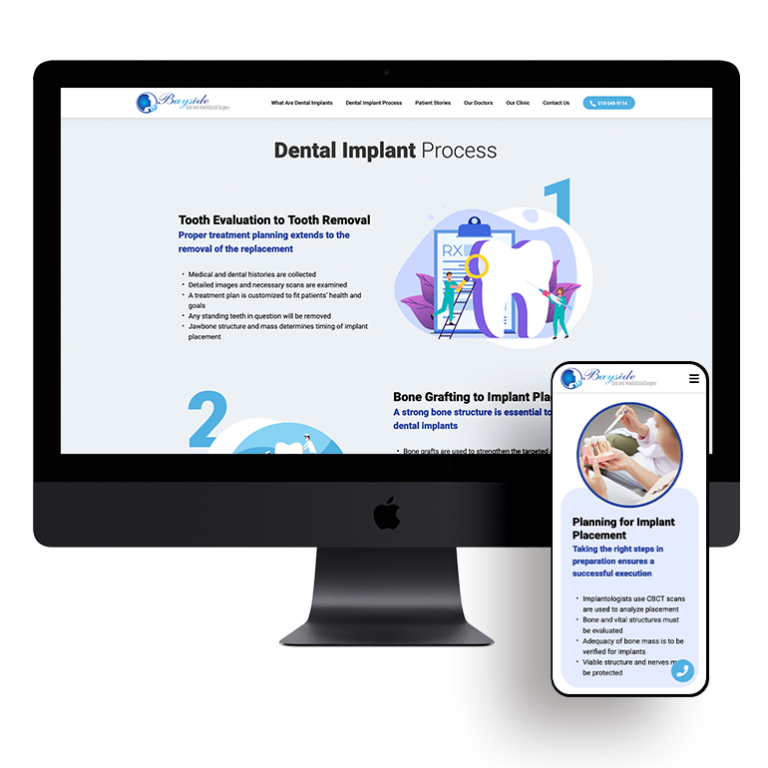




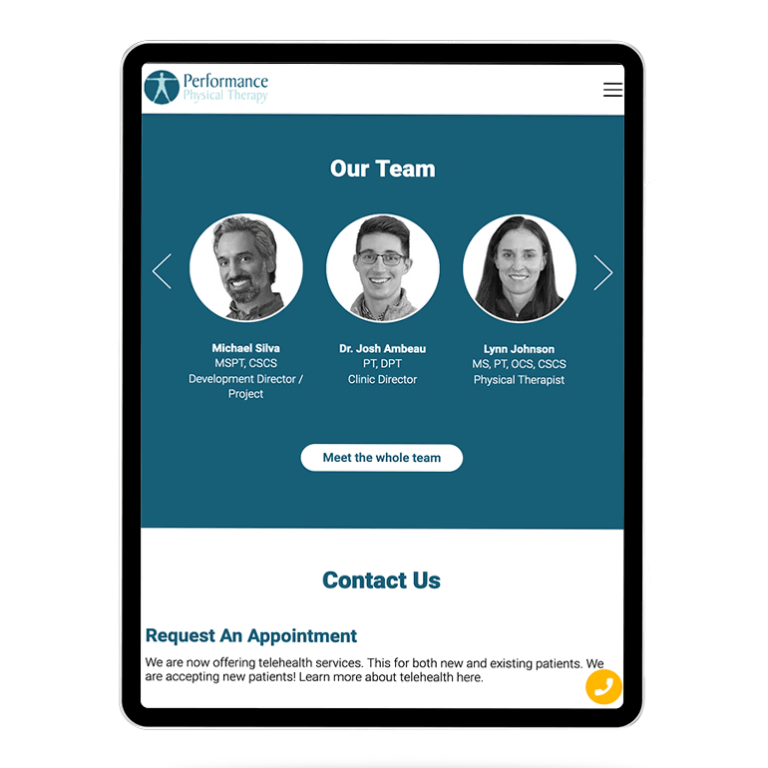


 Smart Design Creates New Patient Opportunities
Smart Design Creates New Patient Opportunities